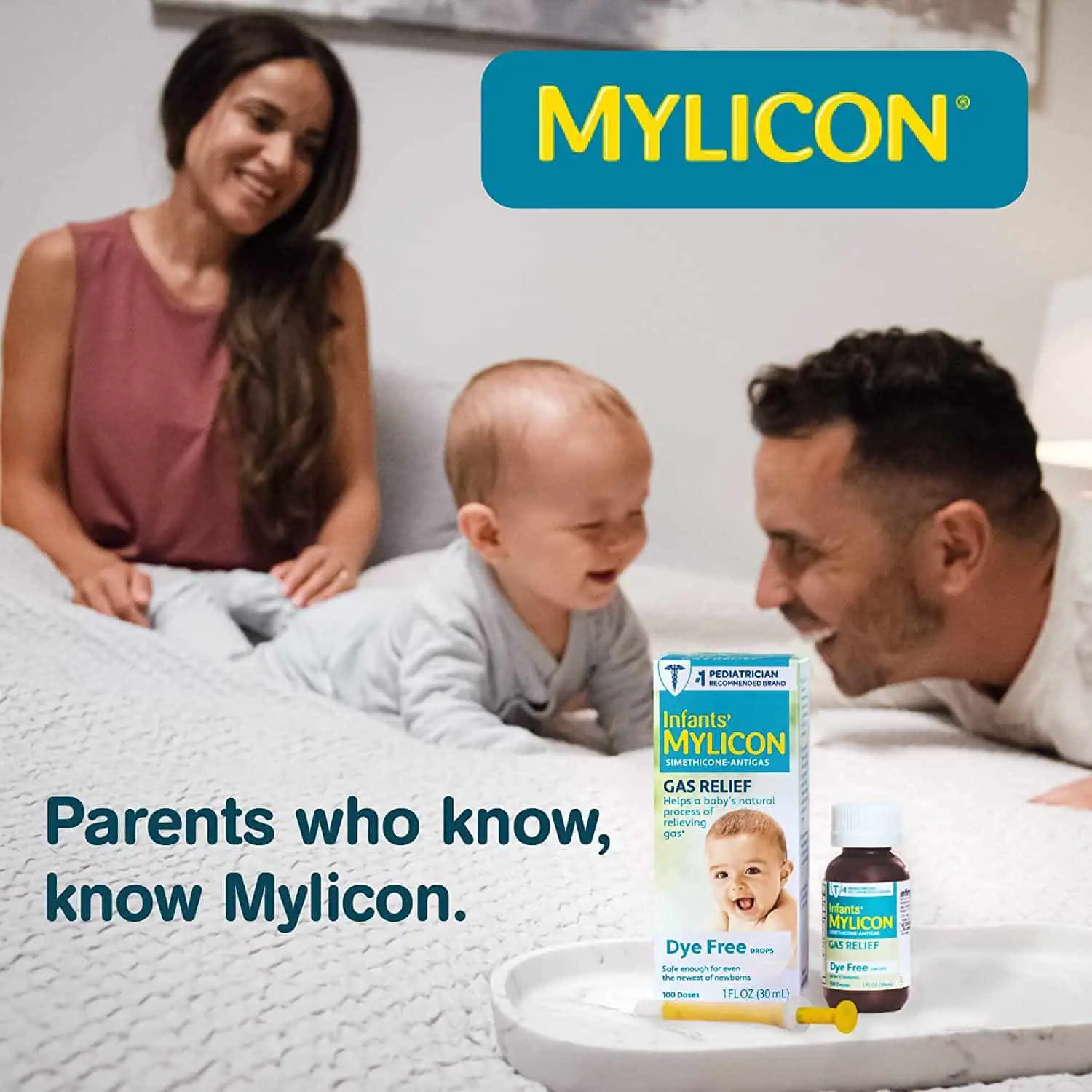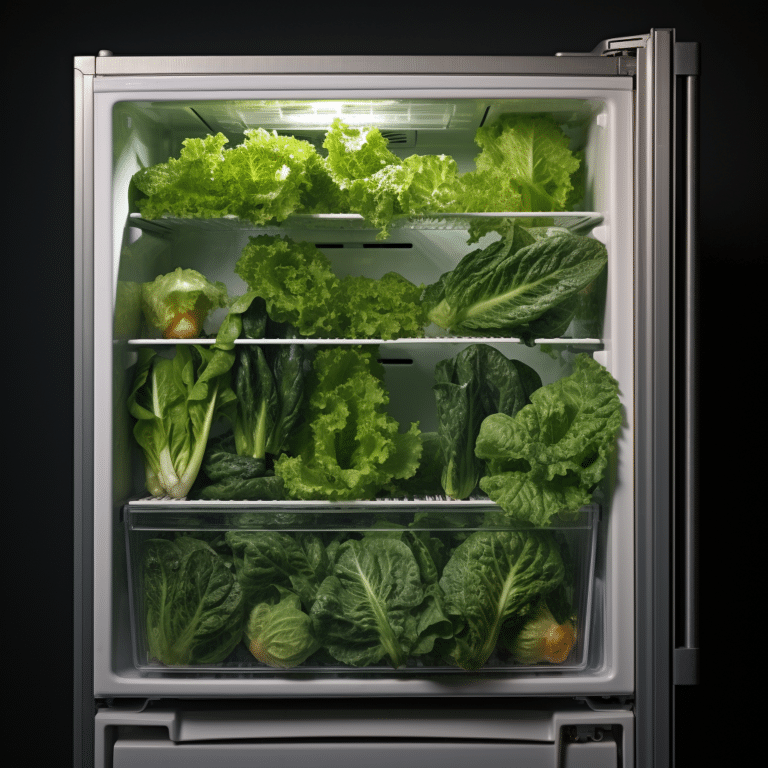How Fast Does Mylicon Work?
As a parent, having to witness your beloved child in pain can be one of the most heart-wrenching experiences. When it comes to infants dealing with gas, a common problem that often results in crying, restlessness, and sleepless nights for parents as well, there is thankfully an over-the-counter solution: Mylicon.
But how quickly does Mylicon prove effective? In this article, we’ll dive into the science behind Mylicon, detail instructions on proper usage, and analyze the expected timing for its effects.
How Fast Does Mylicon Work?
Mylicon gas drops can work like a charm to soothe babies’ gas pains quickly. Normally, they provide nearly instant respite and reduce the discomfort caused by an overabundance of gas. Nevertheless, some parents have observed that it takes time for Mylicon to take effect on their infant – and sometimes, it fails altogether (in such cases, there are a few substitutes that may do the trick).
When using Mylicon, make sure you read the instructions on the packet attentively. The prescribed dosage for tots below 2 years of age is 0.3 mL per day, up to 12 times daily.
The Science Behind Mylicon
Mylicon is a remedy to gas-related woes in infants, derived of simethicone. A type of silicone-based substance, simethicone works by reducing surface tension of the bubbles in a baby’s stomach, allowing them to coalesce and form larger ones that are far more easily pushed out. In turn, this helps bring relief from discomfort due to abdominal bloating and discomfort.
Tips for Maximum Mylicon Effectiveness
For maximum efficiency, Mylicon requires mindful use. Stick to the prescribed dosage considering age and weight of your baby – too little won’t bring relief, while too much can create problems.
Related: WHY CAN’T YOU STORE BREAST MILK IN BOTTLES WITH NIPPLES
Administer it before feeding for preemptive gas-relief, especially helpful for gassy babies. As far as position goes, experiment with different postures like holding or tummy-laying to help remove trapped gas. While Mylicon does tend to take effect rapidly in certain cases, sometimes patience is essential. Be patient when providing this medication to your little one as they disentangle their discomfort.
How to Use Mylicon
Mylicon comes in liquid drop form for easy ingestion. Just add the prescribed amount to your infant’s bottle or place directly into their mouth. Mylicon can be consumed up to 12 times a day, as needed – but heed not to exceed the maximum dose, as instructed.
Mylicon offers an effortless solution for baby’s discomfort with its convenient liquid drop form. Versatile, it can be added to bottles or placed directly inside their mouths, offering relief up to a dozen times daily – though only within the recommended dosage, of course.
Alternatives To Mylicon
If you find yourself unsatisfied with the outcomes of Mylicon and determined to explore more natural alternatives for relieving gas, look no further than these other choices.
Diet Change
If you suspect your baby is suffering from gas due to a food-related issue, consult with your pediatrician for advice. They may recommend switching your little one’s formula or eliminating certain foods if you are breastfeeding.
To better understand the source of the problem, create a food diary where you log when your child experiences gas and what they have eaten in that timeframe. With this data, you can determine any disruptive dietary patterns.
Gripe Water
Gripe water is becoming an increasingly popular option to alleviate gas and stomach pain in infants. This herbal remedy can be found easily, often available over the counter at most pharmacies and grocery stores.
Related: IS MS. RACHEL GOOD FOR BABIES?
Most formulations include both sodium bicarbonate for a soothing effect as well as herbal extracts, such as ginger, fennel and dill, which are known to help with gastrointestinal issues. It’s no wonder that this ancient remedy has gained traction in modern times.
Belly Rubs
If your little one is feeling uncomfortable due to excess gas, a belly massage may be just what they need for relief. Start by making small, circular clockwise motions along their tummy area; some parents also find that applying a warm towel over the stomach helps soothe their baby further.
To add an extra boost to the comfort levels, try the “bicycling” technique – lay your infant on their back and move their legs in a pedaling motion, or press lightly against their legs for several seconds before releasing. If done correctly, you should soon see results as your child begins passing gas and feeling better.
Bottle Change
When it comes to relieving your baby’s gas pain, a simple switch of bottles can do wonders. If you’re bottle-feeding, try swapping the usual choice for one with a wider base or vented design that reduces the amount of air swallowed. Parents have reported babies experiencing relief with Dr. Brown’s bottles — available at most stores. Consider it the mother of all upgrades: it just might be the solution to your infant distress.
FAQs
Q: Is Mylicon safe for my baby?
A: Yes, Mylicon is generally considered safe for infants. However, it’s always a good idea to check with your pediatrician before using any medication.
Q: Can I give Mylicon to my newborn?
A: Yes, Mylicon is safe for newborns. Be sure to follow the recommended dosage based on your baby’s weight.
Q: How often can I use Mylicon?
A: Mylicon can be used up to 12 times per day, as needed.
To Sum it Up
When it comes to the struggle of gas pain, babies and parents alike can feel overwhelmed. Fortunately, Mylicon offers an effective and safe solution. As long as you understand the science backing the product and follow the instructions correctly and patiently, you can help your kid feel more comfy and content.
Depending on the situation, results may come in minutes with any luck. Yet, always make sure to have a chat with your pediatrician before going through with any medication, and be mindful to abide by the recommended dosage according to your baby’s age and weight.






